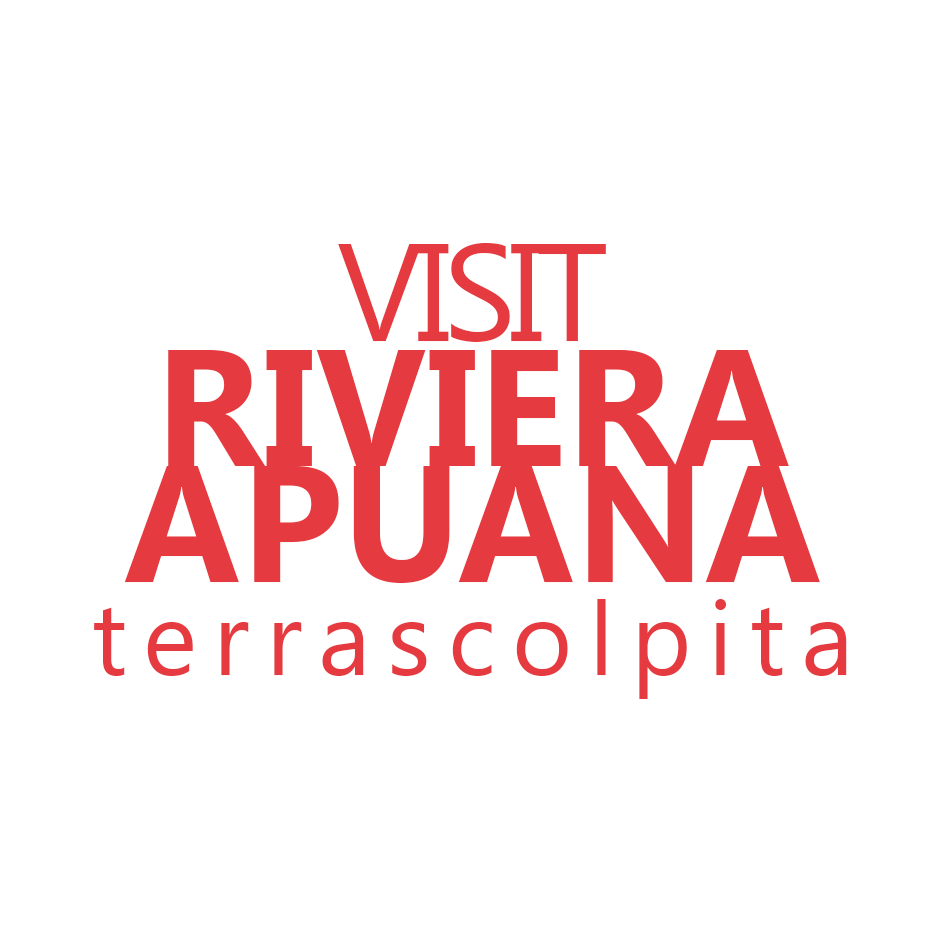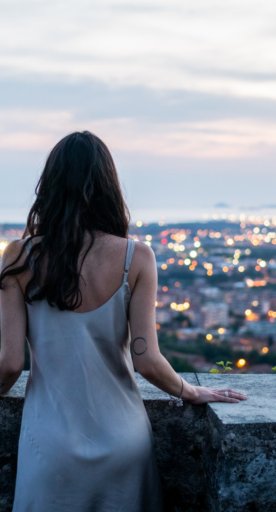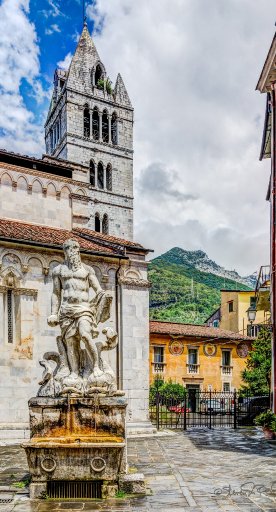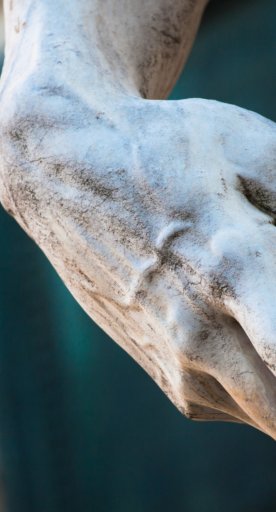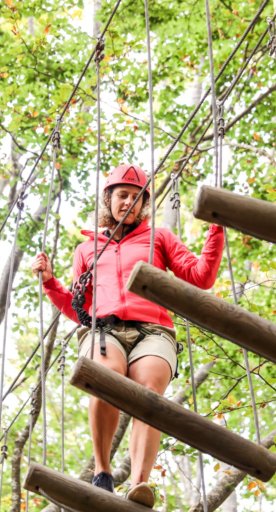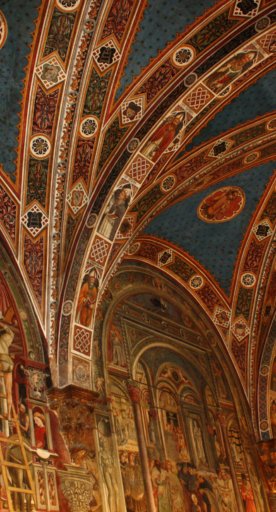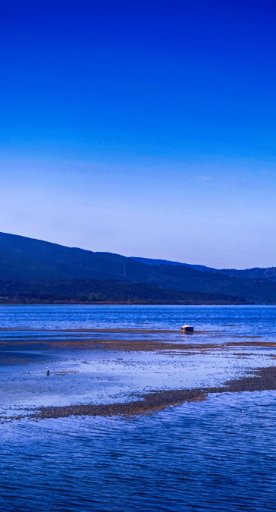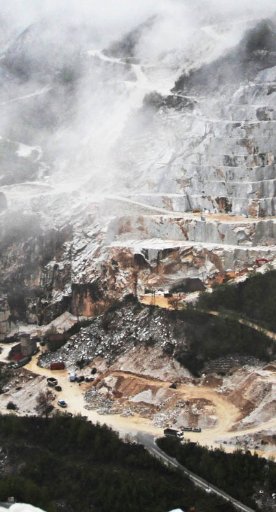

The Apuan Riviera and street art: 5 unmissable stops
We reveal the locations of some of the most popular and photographed murals
The Apuan Riviera Terra Scolpita is home to a variety of landscapes, not only naturalistic but also urban. Not only the colours are surprising, but also the curiosities, anecdotes and stories related to each project. Much more than mere urban decor, each work is created according to the context in which it's located, dialoguing with the territory it enhances.
-
1."David looking at the moon" by Eduardo Kobra
-
2.The genesis of Michelangelo by Ozmo
-
3.The murals by Aldo Giannotti
-
4.'I Narcisi' by Orticanoodles
-
5."Do not abandon the city" of Orticanoodles
"David looking at the moon" by Eduardo Kobra

Let's start from a spectacular and unusual place to find a mural: a marble quarry! Here, we find the spectacular “David looking at the moon”, located in a very popular destination that can also be reached on foot along the paths that start from the villages of Colonnata, Vergheto, and Casette.
Created by the Brazilian artist Eduardo Kobra in 2017, the mural is a tribute to Michelangelo Buonarroti, and is located right inside the place where, over five hundred years ago, the great master extracted Bianco P marble for his most famous sculptures including the David, located today in the Galleria dell'Accademia in Florence, and the famous Pietà exhibited in Saint Peter's Basilica in the Vatican.
The work by Kobra is a mural of very large proportions, over ten meters by ten, standing out against the white marble of the quarry, and surrounded by the extraordinary landscape of the Apuan Alps overlooking the sea and the city of Carrara. The subject represented is the famous David whose face and hand can be seen, reinterpreted in multicolours with geometric designs that are representative of the artist's style.
The genesis of Michelangelo by Ozmo

Another work in homage to Michelangelo that's also located in the marble quarries is the mural by Ozmo, aka Gionata Gesi, that can be found inside the Ravaccione quarry in the Fantiscritti area. Passing a long tunnel built over two centuries ago as a marble railway, you arrive in the heart of the mountain and right inside the quarry that houses the painting whose subject is The Creation of Adam, frescoed by Michelangelo on the vault of the Sistine Chapel. The visual impact is extraordinary and fascinating: it's surprising to find such a painting inside a covered quarry, an incredible construction site.
The murals by Aldo Giannotti

Let's move now to the centre of the city of Massa where the artist Aldo Giannotti painted the side walls of the former covered market in October 2020. This is a project carried out in collaboration with the Gigi Guadagnucci museum, aimed at enhancing the city with contemporary art. As part of this, the first action was that the artist was put to work on the former city covered market, with four iconic murals inspired by the territory of the Apuan Riviera Terra Scolpita.
The artist from Massa has lived and worked in Vienna since 2000. His works capture and filter reality with a lucid and shrewd analysis, playing with irony on typical and symbolic places such as the Torre Marina ex Fiat, Castello Malaspina and the market itself. The works make you smile but also reflect given their humourous and at the same time biting elements, always presented from a unique point of view and revealing reality in a new way.
'I Narcisi' by Orticanoodles

The former covered market was already a site for artistic creation in 2016 with the graffiti made at Piazza Berlinguer, depicting a daffodial, a typical flower of the Apuan Alps. The work was by the Orticanoodles artists and involved the local community. It's a painting made with a positive/negative effect and coloured quartz paints of great quality to ensure its durability. The floral theme immediately refers to the naturalistic context in which the city of Massa is located, crowned by the Apuan Alps and a rich flora.
"Do not abandon the city" of Orticanoodles
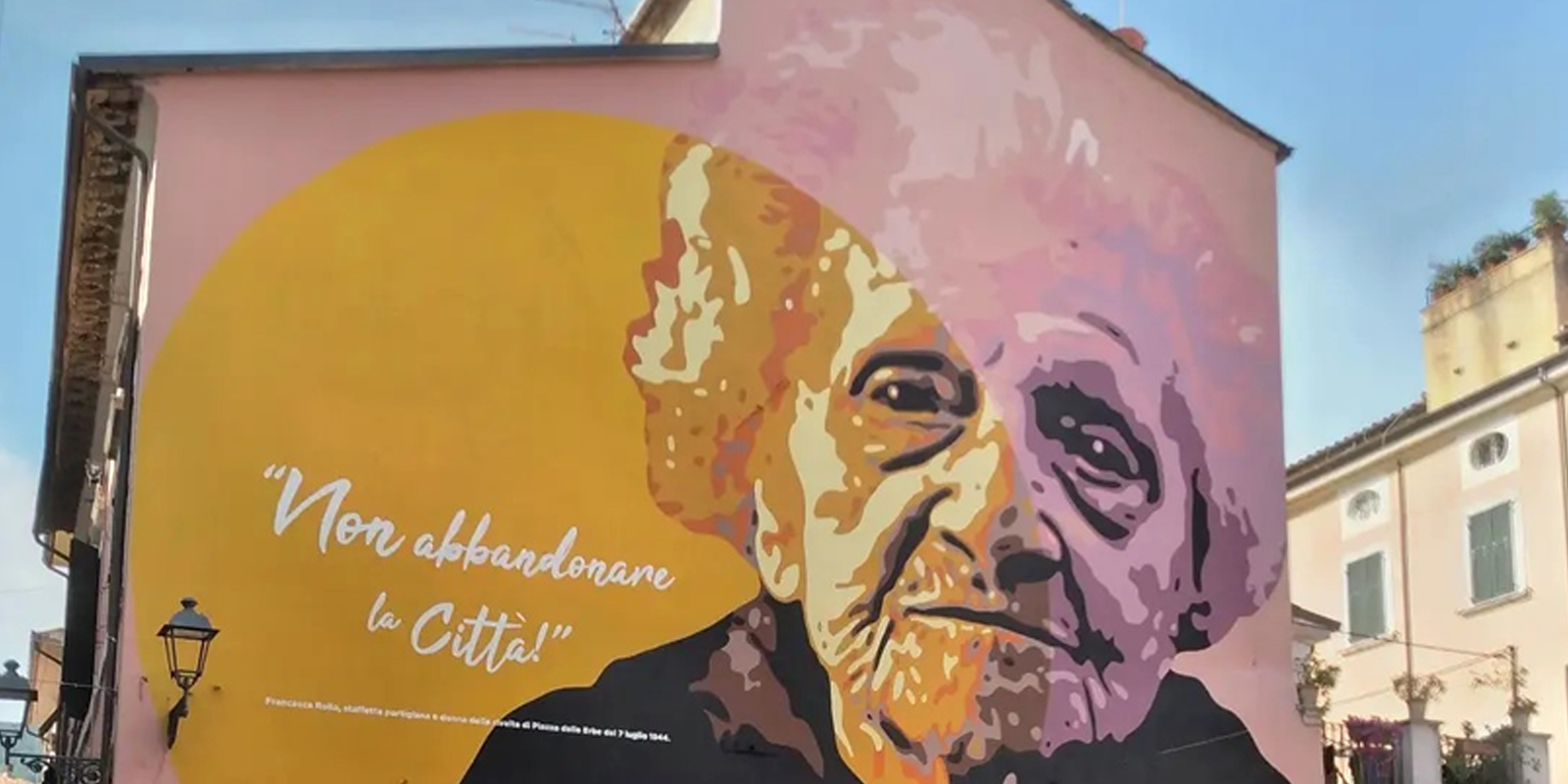
Orticanoodles are very active in the street art scene, with murals both in Italy and abroad. In the Apuan Riviera we find other works of theirs, such as the mural "Do not abandon the city" created in Carrara on the facade of a building in Piazza delle Erbe, a symbol of partisan resistance. The project was intended to be in memory of Francesca Rolla, one of the heroines of the Carrarese resistance, who died in 2010 at the age of ninety-five: in this square in 1944, there was an opposition revolt against the troops of the German occupation.
The purpose of the large portrait is to set in motion feelings, memories, shared values and a sense of belonging to a community. Through her experience and her strength, Francesca Rolla has been a symbol for the city of Carrara and a point of reference: thanks to this mural, her teaching will never be lost.
Other works by Orticanoodles include the mural of Pope Francis on the wall of the Oratory of Our Lady of Lourdes in the church of San Pio X in Massa, and inside, a work depicting Mother Teresa of Calcutta.

In the urban context of Carrara, there are still many artistic works to speak about, including the mural by Tellas - the alias of Fabio Schirru - a work of public art that's part of the series titled Mimesi, whose painted elements are reminiscent of the lush vegetation that surrounds buildings, with the aim of reducing the visual impact of the concrete of this structure built in the area close to Marina di Carrara.
Recently made for a revaluation of the historic centre and as an action of urban micro-regeneration, the paintings on the shutters dedicated to Afghan women are part of the initiative titled "You cannot cancel us" and "Where the road begins", made by the girls of A m'l rum by me and by the artists of the Associazione di Promozione Sociale Oltre.
In Forno at the foot of the Apuan Alps, there's something intriguing: the square of the historic town houses a mural by the Polish artist Dawid Kownacki, a work that portrays the faces of some of the inhabitants of the village as part of a sacred image.
